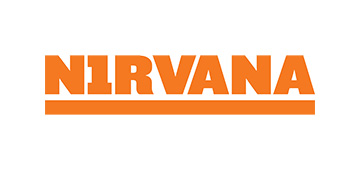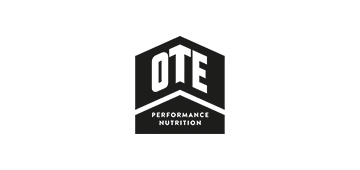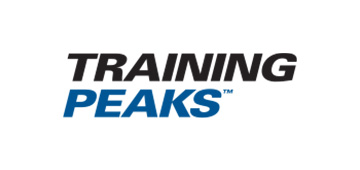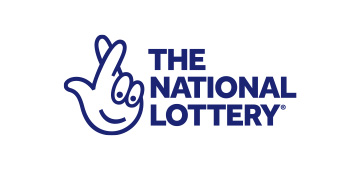Sport Classes
In Paratriathlon there are nine sport classes.
For athletes with physical impairments, there are six different sport classes, the ambulant ones numbered PTS2-5 and the ones for wheelchair athletes, PTWC1 and PTWC2. A lower number indicates a more severe activity limitation. There are three other sport classes for athletes with vision impairment named PTVI1, PTVI2 and PTVI3.
Athletes with different impairments may compete against each other, because sport classes are allocated based on the impact the impairment has on triathlon rather than on the impairment itself.
To evaluate the impact of impairments on triathlon, classifiers assess all functional body structures through a physical and technical assessment using a point system. The total score determines the athlete’s sport class.
PTWC1 and PTWC2 (Wheelchair user)
Paratriathletes in this class swim, cycle on a handbike and compete in a racing wheelchair for the run section. This class includes athletes with, but not limited to, impairments of muscle power, range of movement, limb deficiency such as unilateral or double leg amputation, spinal cord injuries resulting in paraplegia or tetraplegia. The two classes PTWC1 and PTWC2 have a different activity limitation based on trunk and hip functionality and compete in the PTWC with the use of an interval start system.
PTS2-5 (Ambulant – able to walk)
Paratriathletes in this class swim, cycle on a conventional bike with or without approved adaptations and run with or without the use of an approved prosthesis and/or supportive devices and can fall into four different sport classes. These sport classes include but are not limited to paratriathletes with impairment of muscle power, range of movement, limb deficiency, hypertonia, ataxia, athetosis.
PTS2
This class includes athletes with a severe degree of activity limitation resulting from impairments of, but not limited to, limb deficiency, hypertonia, ataxia and or athetosis, impaired muscle power or range of movement. Health conditions could include severe cerebral palsy, congenital hemiplegia, above the knee amputation, etc. In both bike and run segments, amputee athletes may use approved prosthesis or other supportive devices.
PTS3
This class includes athletes with a significant degree of activity limitation resulting from impairments of, but not limited to, limb deficiency, hypertonia, ataxia and or athetosis, impaired muscle power or range of movement. Health conditions could include athletes with significant spastic hemiplegia, cerebral palsy, double below knee amputation, combined affected upper and lower limbs, etc. In both bike and run segments, amputee athletes may use approved prosthesis or other supportive devices.
PTS4
This class includes athletes with a moderate degree of activity limitation resulting from impairments of, but not limited to, limb deficiency, hypertonia, ataxia and or athetosis, impaired muscle power or range of movement. Health conditions could include a moderate spastic cerebral palsy, complete brachial-plexus on one arm, through the shoulder amputation, unilateral below the knee amputation, etc. In both bike and run segments, amputee athletes may use approved prosthesis or other supportive devices.
PTS5
This sport class includes athletes with a mild degree of activity limitation such as athletes with, but not limited to, a below the elbow arm amputation, partial loss of arm muscle power, lower limb deficiency, etc. This class includes athletes with a mild degree of activity limitation resulting from impairments of but not limited to, limb deficiency, impaired muscle power or range of movement. Health conditions could include athletes with below the elbow dysmelia, clubfoot, through the wrist amputation, partial brachial-plexus on one arm, through the ankle amputation, etc. In both bike and run segments, amputee athletes may use approved prosthesis or other supportive devices.
PTVI1, PTVI2 and PTVI3 (Athletes with Vision Impairment)
Paratriathletes in this class must swim, ride a tandem cycle and run with the same guide throughout the entire race. They have a loss of visual acuity and/or visual field that meets the following minimum impairment criteria:
PTVI3: Visual acuity ranging from LogMAR 1.40 to 1 (inclusive) and/or visual field constricted to a diameter of less than 40 degrees. This criteria is also the MIC criteria for the Visual Impairment classes.
PTVI2: Visual acuity ranging from LogMAR 1.50 to 2.60 (inclusive) and/or visual field constricted to a diameter of less than 10 degrees.
PTVI1: No light perception. Visual acuity poorer than LogMAR 2.60.
The class PTVI1 has an interval start versus classes PTVI2/3 and the three classes compete for the same medal (PTVI Medal Event).














